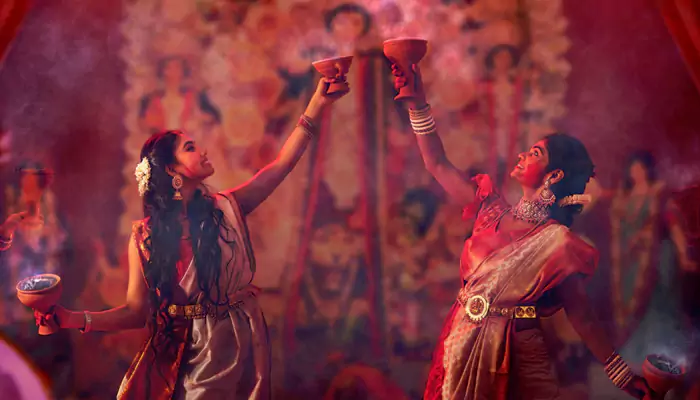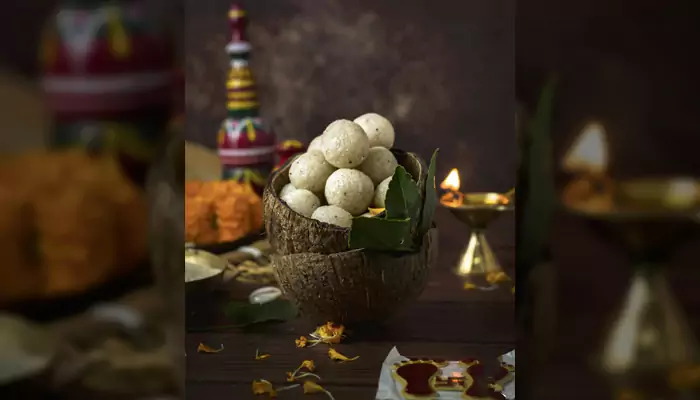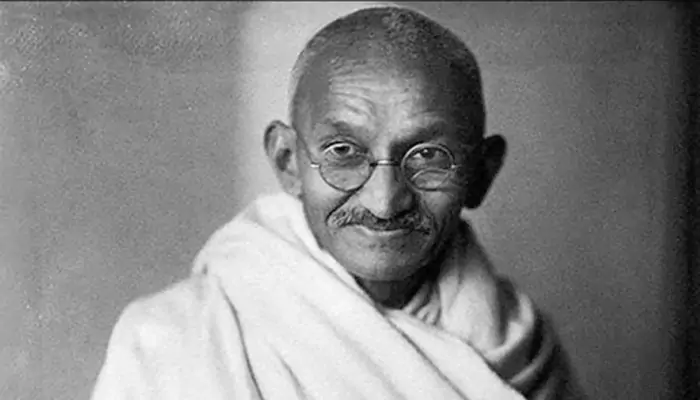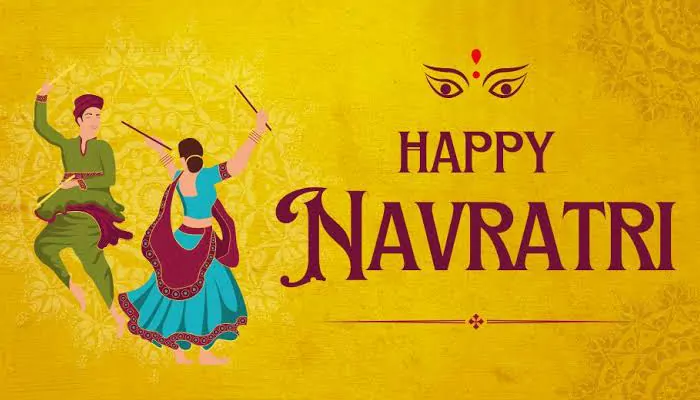
The hidden rulebook of Navratri fasting revealed.
Navratri is that special time of the year when millions across India cleanse not only their minds but also their bodies through fasting. The sattvik diet is simple, pure, and nourishing. But here’s the twist—many of the foods we casually assume to be “fast-approved” are actually not considered vrat-friendly!
Yes, the innocent sabudana vada, a dash of haldi in your aloo curry, or even your favourite packaged chips may be breaking the very rules you’re trying to follow. Let’s uncover the truth about these “Navratri impostors.”
Turmeric (Haldi) – The Surprising No-No
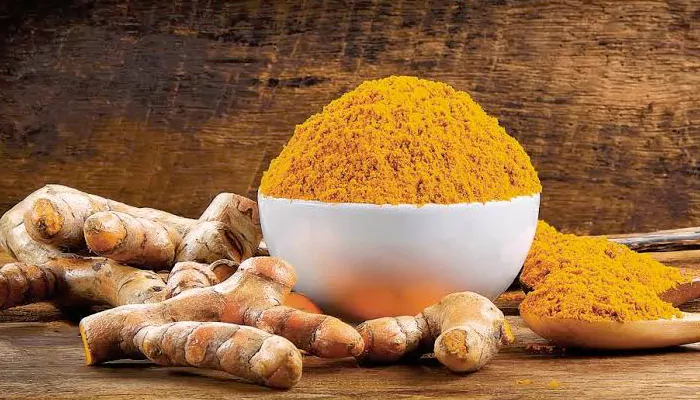
Haldi is almost synonymous with Indian cooking. But did you know turmeric is usually avoided during Navratri fasts? The logic goes back to its rajasic properties, which can overstimulate rather than calm the body and mind. Instead, use black pepper or sendha namak to add flavour.
Pro Tip: Try ginger for its warming effect and digestion boost—it’s sattvik-approved!
Common Salt – Switch to Sendha Namak
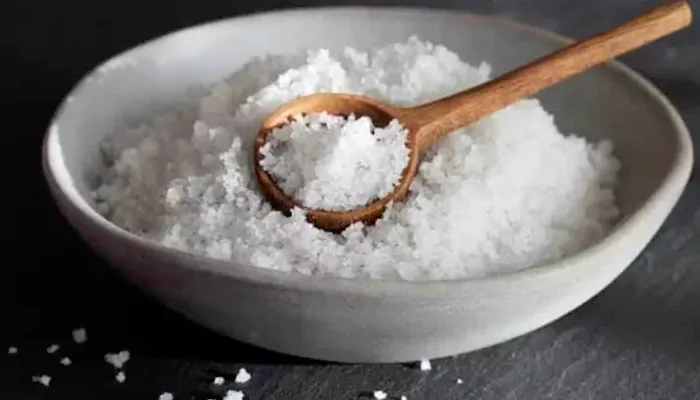
If you’re still using regular table salt during fasting, you’re already breaking the rule. Navratri allows only sendha namak (rock salt), which is considered pure, unprocessed, and naturally rich in minerals.
Wheat and Rice – Off the Table
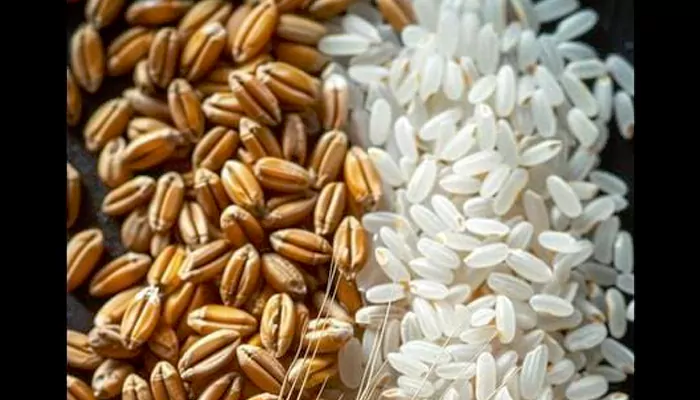
Think your regular atta roti and rice plate are harmless? Unfortunately, both wheat and polished rice are strictly avoided. Instead, people turn to kuttu (buckwheat), rajgira (amaranth), and sama ke chawal (barnyard millet) as wholesome substitutes.
Pro Tip: Swap your paratha with crispy kuttu ki puri and you won’t even miss wheat!
Coffee and Tea – Not as Innocent as You Think
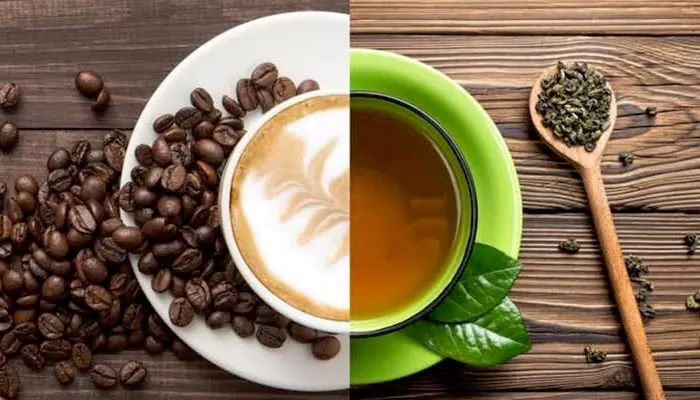
Your morning cup of chai or coffee might be your lifeline, but during Navratri, they’re better left aside. Caffeine is considered tamasik—draining your prana (life energy). Instead, go for herbal teas like tulsi, ginger, or cinnamon for a sattvik kickstart.
Lentils and Pulses – Avoid the Protein Trap
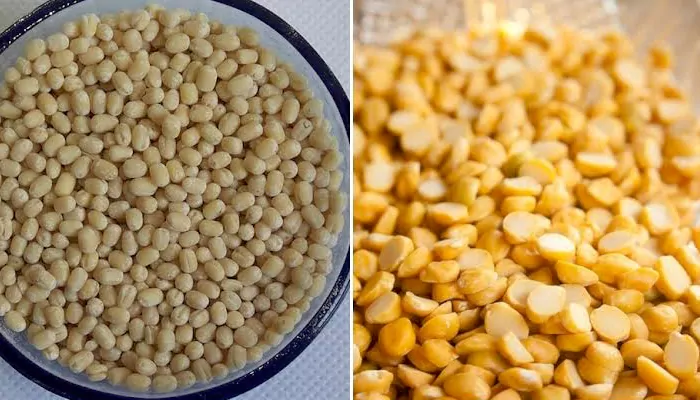
Most people think dal equals healthy, so why not during fasts? But pulses and lentils are off-limits since they’re heavy for digestion and considered non-sattvik. The fasting-friendly protein alternatives? Nuts, milk, paneer, and seeds.
Processed Snacks – Chips Aren’t Your Vrat Buddy
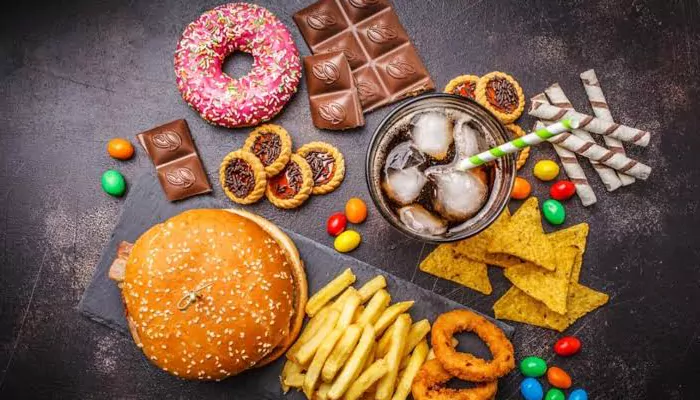
Many supermarkets now sell “Navratri special” chips and namkeens. But here’s the catch: most are fried in refined oils and spiced with ingredients that aren’t sattvik at all. Always check the labels—or better, make your own roasted makhana at home.
Onion and Garlic – The Usual Suspects
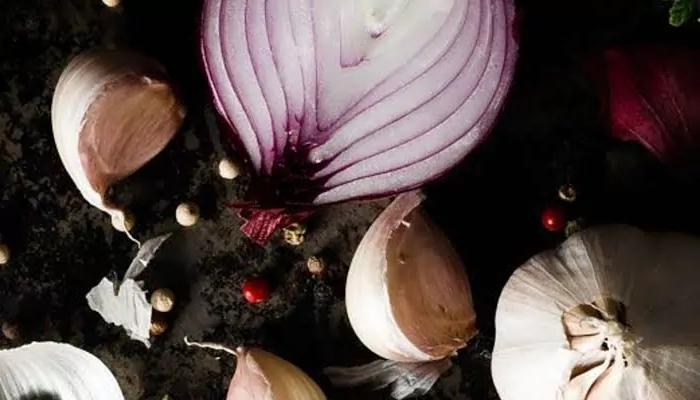
Even outside fasting, these are considered tamasik and thus strictly avoided during Navratri. They generate heat and cloud clarity of mind. Swap them with lauki, pumpkin, or spinach-based dishes for light yet satisfying meals.
Turmeric-Laced Pickles – A Hidden Offender
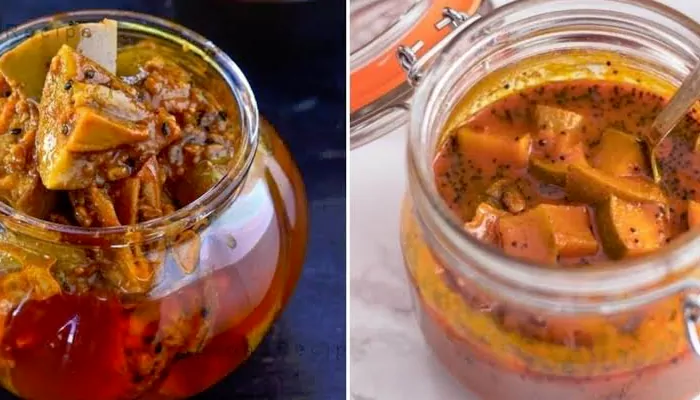
Homemade achar sounds sattvik, but most contain haldi and mustard seeds, making them unsuitable. If you want a tangy bite, go for lemon pickle made with sendha namak only.
Store-Bought Dairy – Check Twice
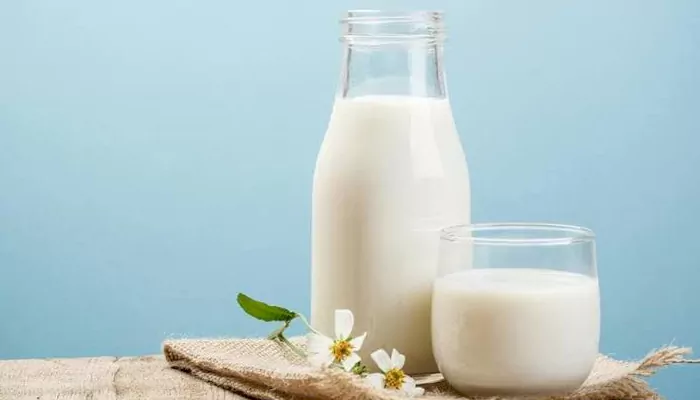
Milk, curd, and paneer are staples during Navratri. But packaged ones often contain preservatives or additives that dilute their sattvik purity. If possible, stick to fresh, local, unadulterated dairy products.
Navratri fasting isn’t just about avoiding certain foods—it’s about purifying body and mind for spiritual elevation. The sattvik diet is designed to keep you light, calm, and energized for prayers, meditation, and celebrations. By unknowingly consuming “off-limits” foods, you may miss the true essence of vrat.
Next time you sit down for your Navratri thali, remember—it’s not just about staying full, but about eating right. So skip the haldi, ditch the processed snacks, and check your pantry twice.
This Navratri, let your diet be as pure as your devotion. After all, when the body is sattvik, the spirit dances closer to divinity.

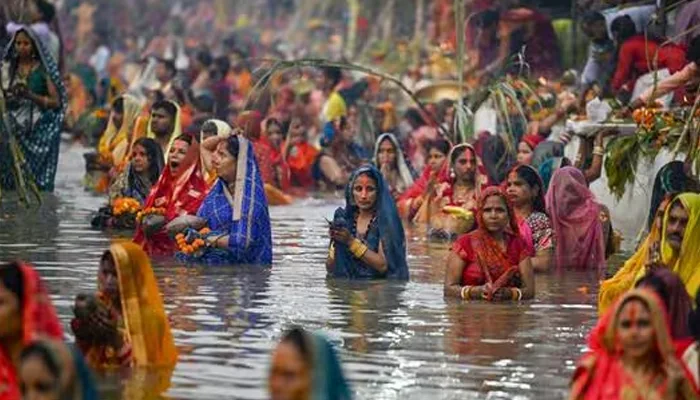
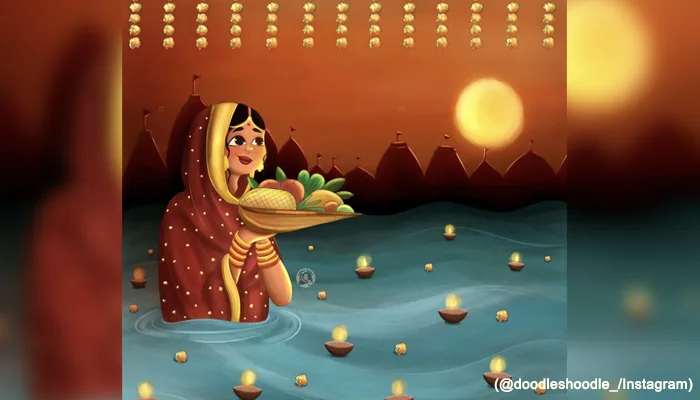
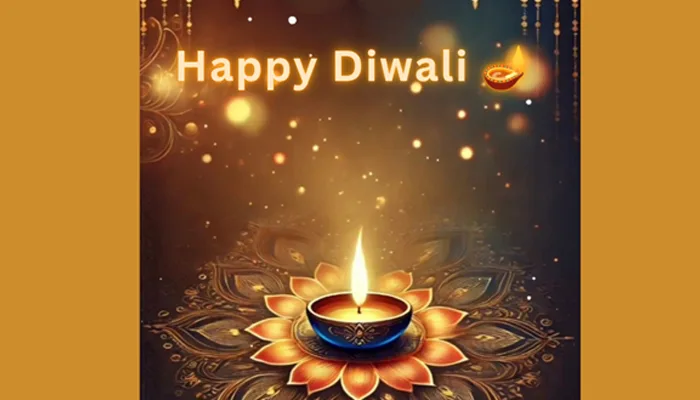
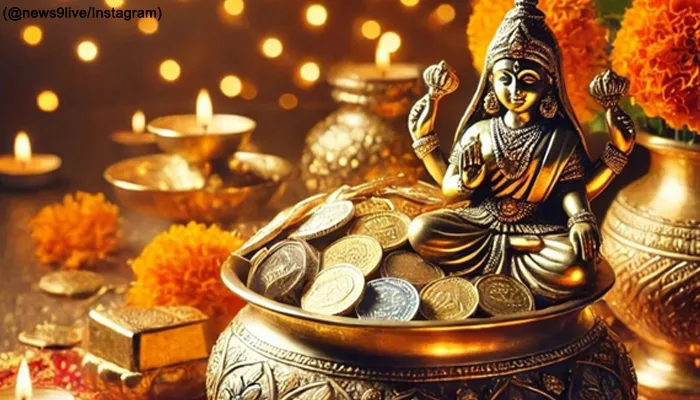
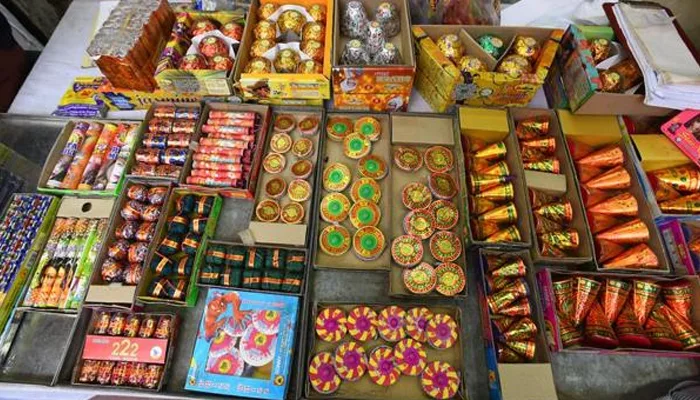
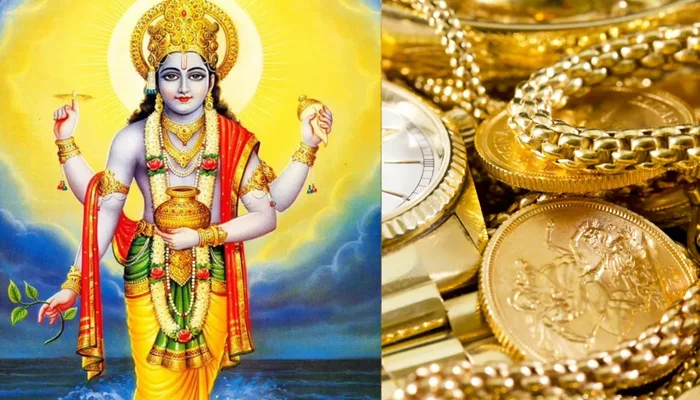

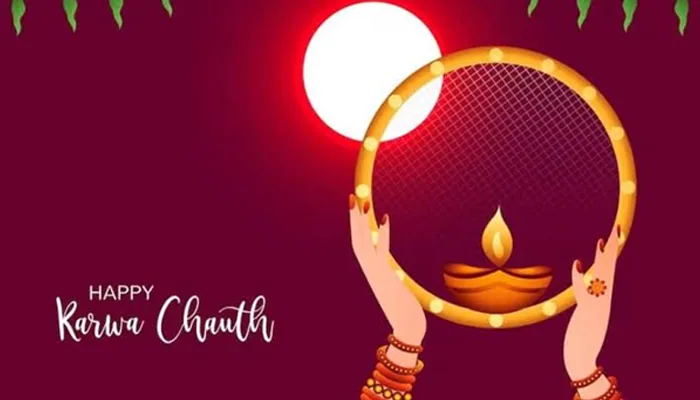
.webp)
